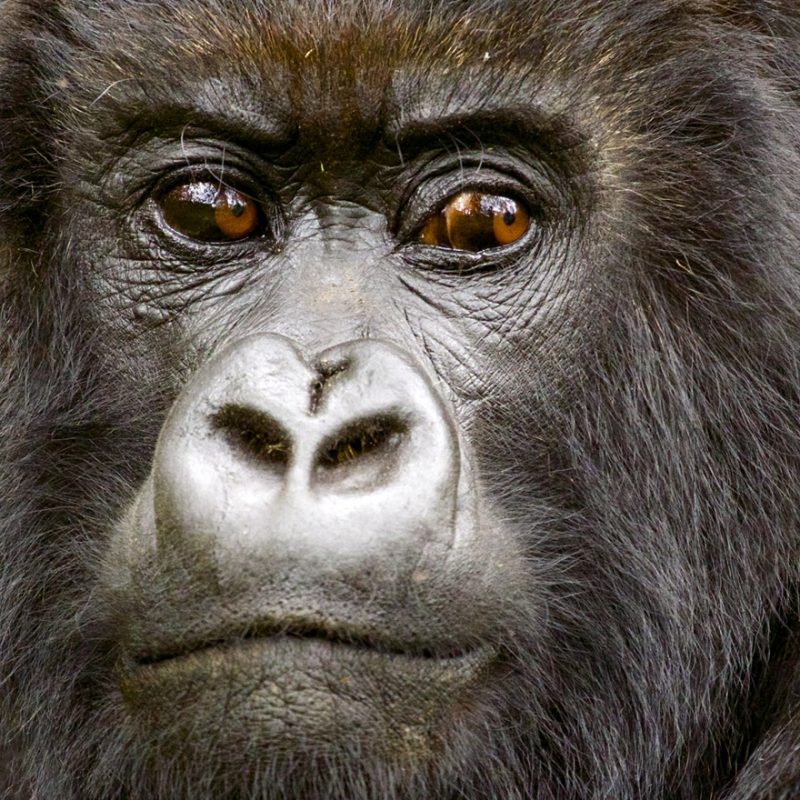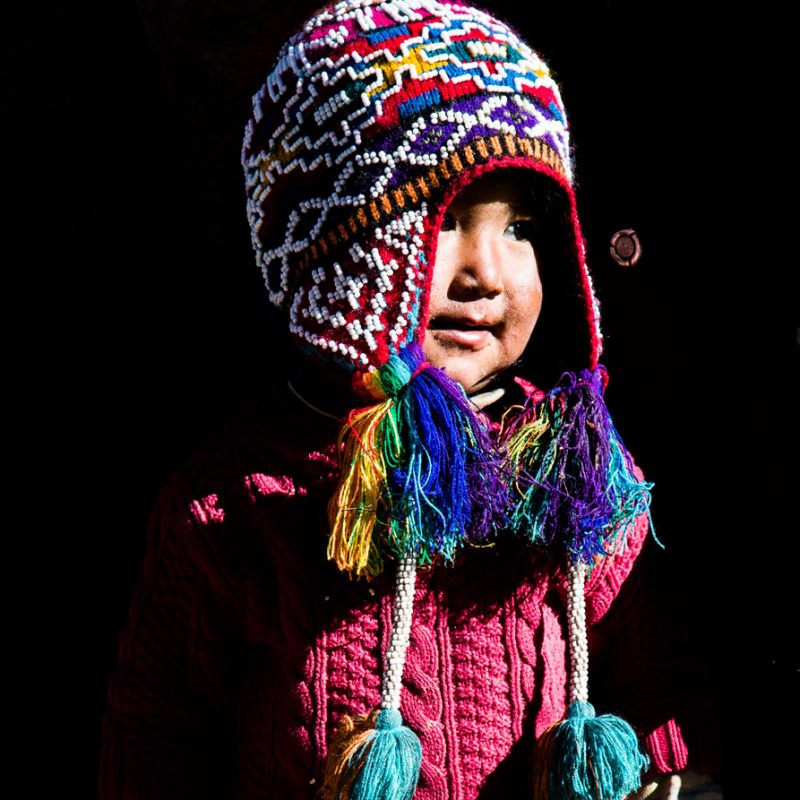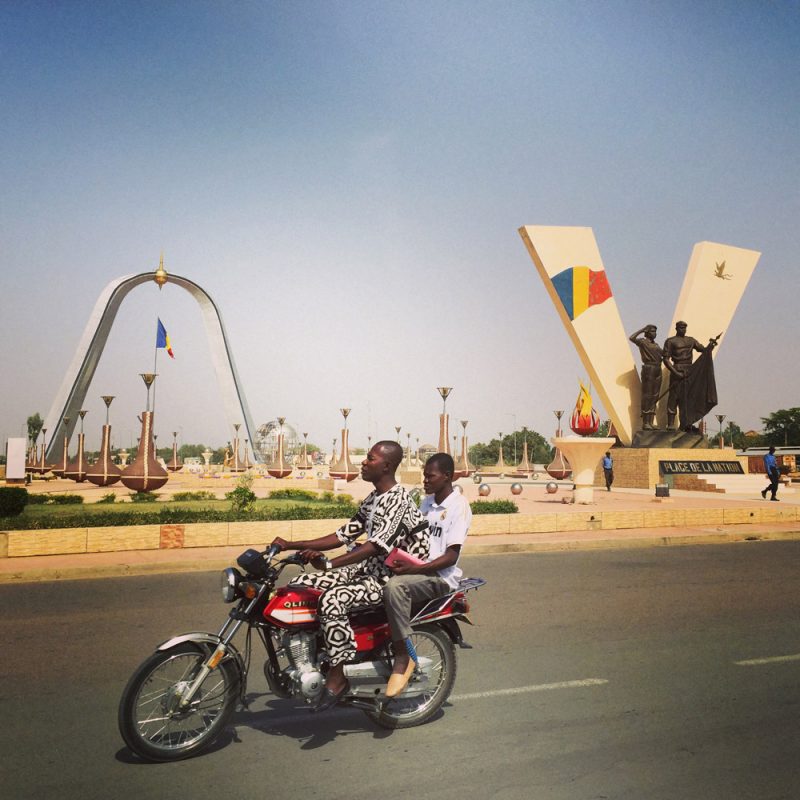Trip Inspiration
Previous Expeditions

Can I track the gorillas?
In order to track gorillas and really enjoy the experience, we recommend that our guests are fit and in good health. Tracking in thick forest at heights of up to 3,000 metres, traversing steep-sided mountains and ravines, can be arduous, especially if it is wet. To protect gorillas from disease, no children under 15 are allowed to go gorilla tracking. Being in good health is not simply something that will ensure a more enjoyable experience – people who are ill on the day of the tracking may be not be allowed to track. Please do keep us informed should you any health concerns. To minimize the possible transmission of human diseases, visitors are asked to maintain a distance of about 20 feet from the gorillas whenever possible.
Gorilla tracking permits
Only a limited number of permits are available in each gorilla park. It is therefore essential that we book your safari well in advance. Permits need to be paid for at the time of the initial safari booking so that they can be purchased immediately. A delay in payment can result in permits not being secured for the intended dates. A percentage of the gorilla permit fee goes to communities living around the gorilla parks.
Gorilla tracking rules
At the National Park headquarters (or at your lodge for private tracking), ranger guides will explain the rules for tracking gorillas. These rules are designed to protect both you and the gorillas and you will understand why they must be adhered to.
Once the gorillas have been located, the group is allowed to spend an hour with the gorillas. Flash photography is not permitted, so fast film is useful (400-1600 ASA) or appropriate digital camera settings. It is such an exceptional experience and we do encourage personal video cameras to capture the moment. Professional filmmakers, however, require permission to film in the National Parks and need to purchase filming permits.
Essential items to pack when tracking are highlighted here ——————->

A broad guideline for Africa
The weather in most of our safari destinations is generally pleasant throughout the year – warm to hot days, and cool to warm nights – with the Southern Hemisphere summer (September to April) being the hotter months. During the winter months however (May to August), it can get really cold at night and in the early morning, particularly when on safari, so we would like to suggest that you pack accordingly. Here is a list of generic items that we recommend you pack…
Good to know: Bright colours and white are not advised whilst on safari.
Things to pack when tracking gorillas…
** Porters are on hand to carry your bag and help you up the steeper sections for a nominal fee. We recommend this both to make your trek more enjoyable, and also as a positive contribution to job creation.

Good to know: There is very often a restriction on luggage limits on your safari – please ensure that you check the details from us in this regard as they do change according to your itinerary. A good rule of thumb is 15kg’s per person, in a 60 – 90L soft duffle bag. This weight limit particularly applies when traveling on light aircraft, but may vary from country to country.